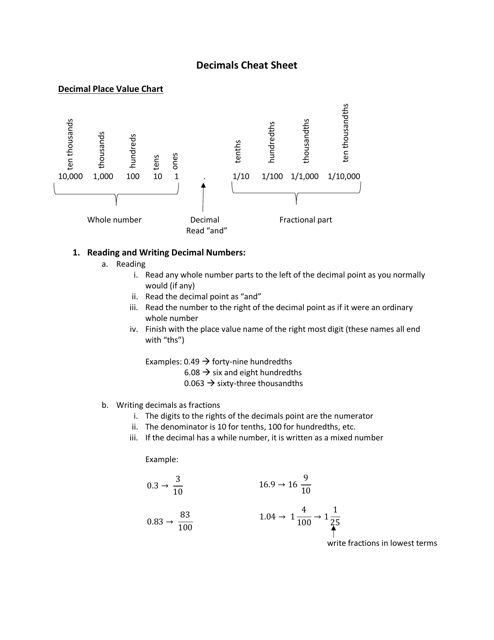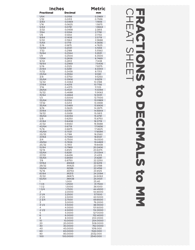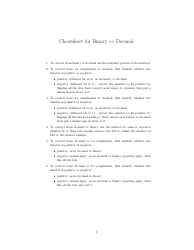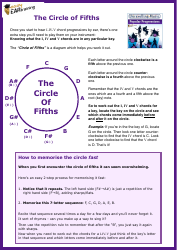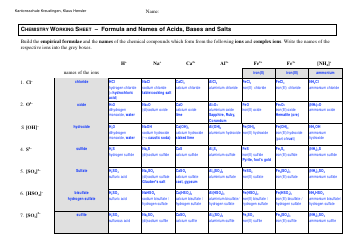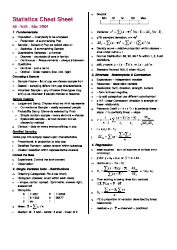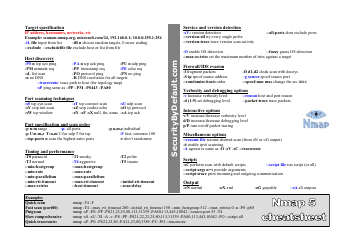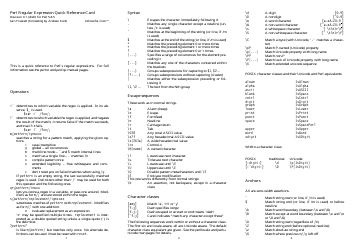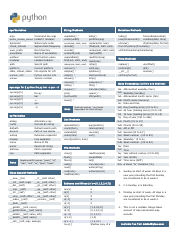Decimals Cheat Sheet
The Decimals Cheat Sheet is a reference guide that provides a quick overview of decimal numbers, including how to read, write, and perform basic operations with decimals. It is designed to help individuals understand and work with decimal numbers more efficiently.
FAQ
Q: What are decimals?
A: Decimals are a way to represent numbers with fractional parts.
Q: How are decimals written?
A: Decimals are written using a decimal point, such as 3.14.
Q: What is the place value of decimals?
A: The place value of each digit in a decimal is determined by its position from the decimal point.
Q: How do you compare decimals?
A: To compare decimals, start from the leftmost digit and compare digit by digit until you find a difference.
Q: How do you add and subtract decimals?
A: Add or subtract decimals by lining up the decimal points and performing the operation as you would with whole numbers.
Q: How do you multiply decimals?
A: Multiply decimals as you would multiply whole numbers, and then count the total number of decimal places in the factors to determine the decimal places in the product.
Q: How do you divide decimals?
A: Divide decimals by shifting the decimal point in the divisor to make it a whole number, then perform the division as you would with whole numbers.
Q: What are some common decimal equivalents?
A: Some common decimal equivalents are 0.5 (1/2), 0.25 (1/4), 0.75 (3/4), and 0.1 (1/10).
Q: How can decimals be converted into fractions?
A: To convert a decimal into a fraction, write the decimal as a fraction and simplify the fraction if possible.
Q: What are some real-life examples of decimals?
A: Some real-life examples of decimals include money (such as $2.75), measurements (such as 2.5 inches), and percentages (such as 75%).
